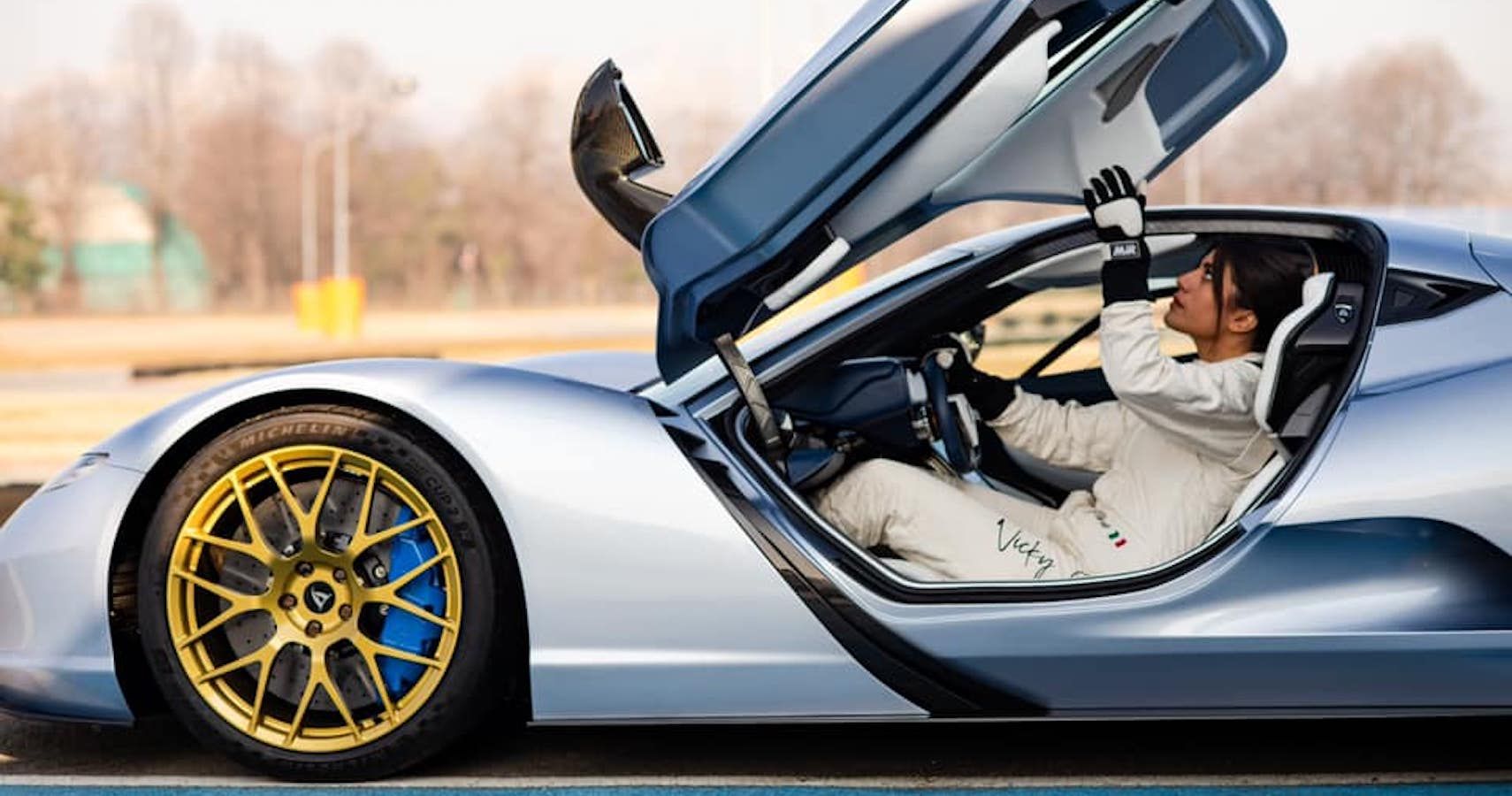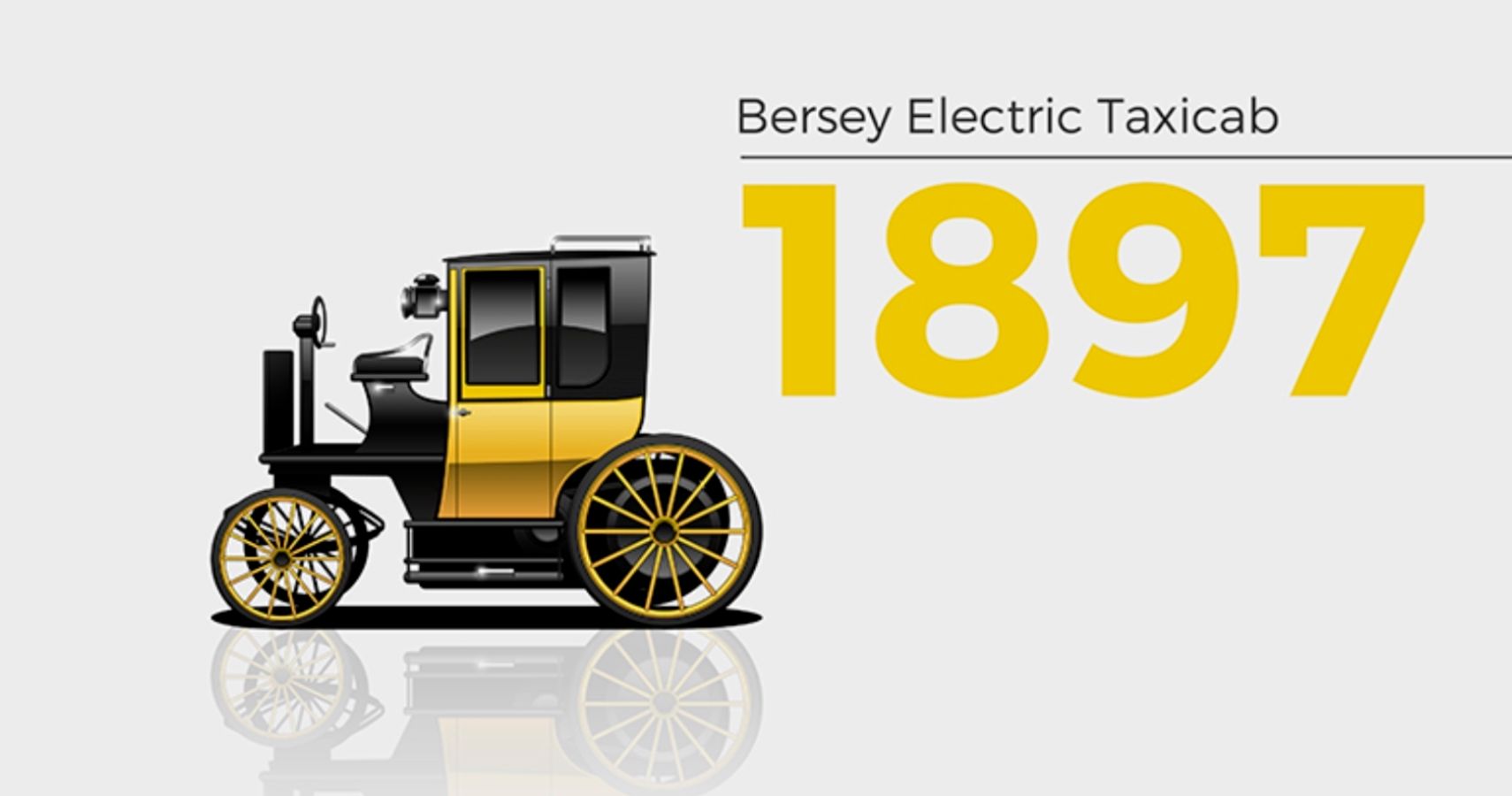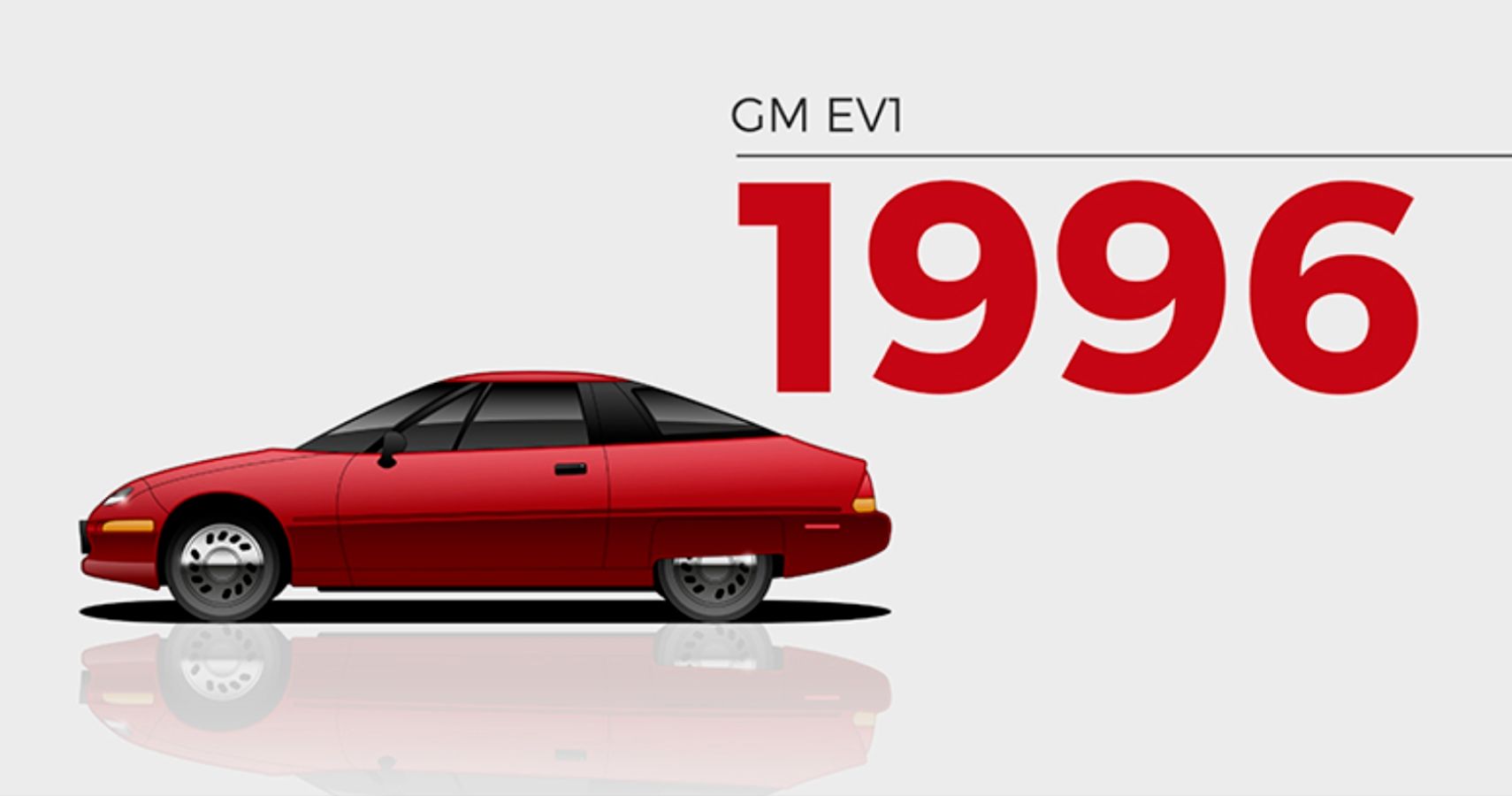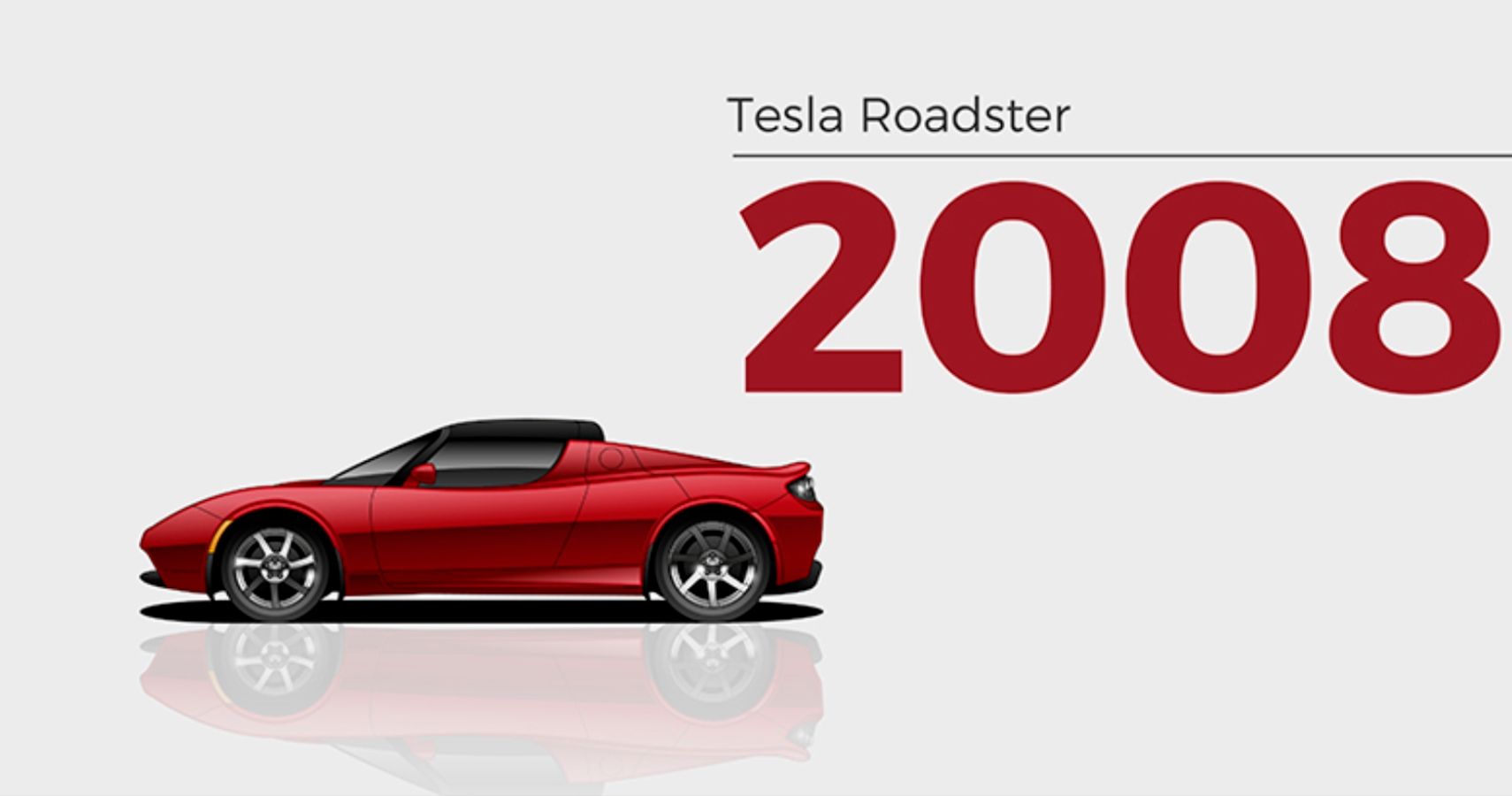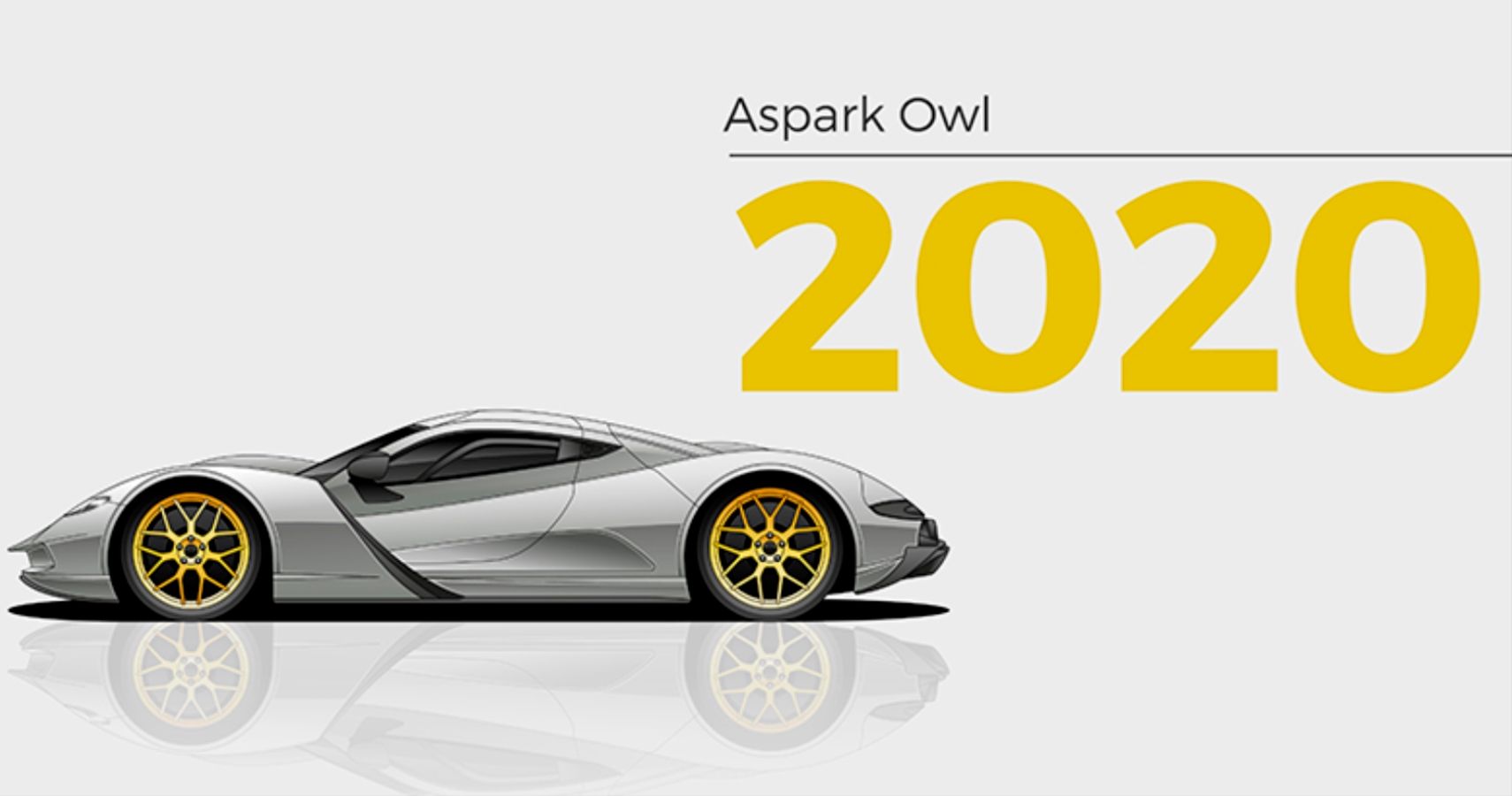The design of EVs has come a long way over the years. Today, their design is more important than ever, as they are truly becoming the future of automotive transportation. But just how much has the design of EVs changed over the years? Well, if you were wondering, you’re now in luck. Budget Direct has come up with a series of illustrations showcasing the history of electric vehicles and how far the designs have come.
Early Bersey Taxicab Had A Rather Large Issue
Let's start way back in 1897, and yes electric vehicles were around then, albeit in a much more primitive form. This is the Bersey electric taxicab, created in 1896 by British electrical designer Walter Charles Bersey.
The first batch was delivered to the London Electrical Cab Company in 1897, with 12 entering service. They were only used for two years after the damage was caused to the chassis, wheels, and tires due to the excessive weight of the battery pack.
GM EV1: A Significant EV For America
Fast forward nearly 100 years and we come to the 1996 GM EV1, similar in design to that of the 1990 GM Impact Electric Concept Car. This was not a bad car, and could have been successful if it wasn’t for its hit and miss range in stop-start city runs. It was, however, a great-looking car like the GM concept and holds quite the distinction. It is the first mass-produced electric vehicle from a legacy automaker, and the first designed, from scratch, by GM.
Tesla Enters The Game And Ups The Stakes
Tesla is probably the current king of the electric car market, although others are certainly catching up. The Tesla Roadster first appeared in 2008 and it was the first taste of what was to come from Elon Musk's company.
It was based upon the chassis and body of the Lotus Elise, and the first-gen example was very impressive. It had a single electric motor and a 53 kWh battery pack. The Tesla Roadster Sport's performance was incredible, going from 0-60 in just 3.9 seconds and a range of 244 miles. Given that the technology was still in its infancy somewhat, in terms of mainstream usage, the Roadster was a gamechanger.
Aspark Owl Blows The Bersey Taxicab Out Of The Water
Finally, we have the Aspark Owl. This is surely one of the most impressive EVs in recent years. The goal of Aspark was to produce the world's fastest accelerating car. And they certainly achieved that.
Four electric motors produce an eye-watering 1,984 hp from a 69 kWh battery. Remember, the Roadster was 53 kWh. The Owl has a 0-60 of 1.69 seconds and a top speed of 249 mph. That is Bugatti Veyron territory, and it will probably get there quicker too. We’ve come a long way since the Bersey taxicab.
Source: Budget Direct

